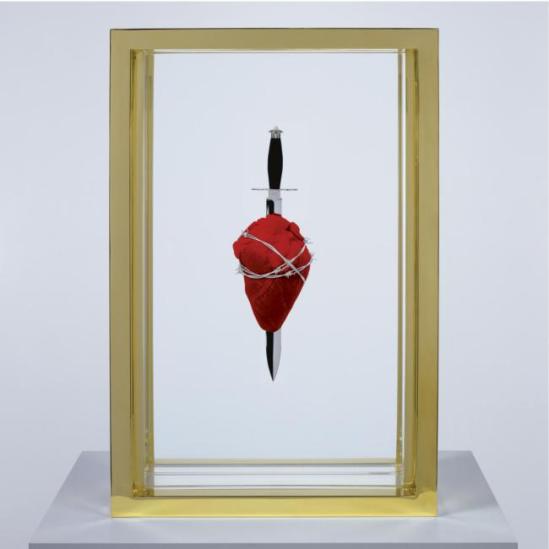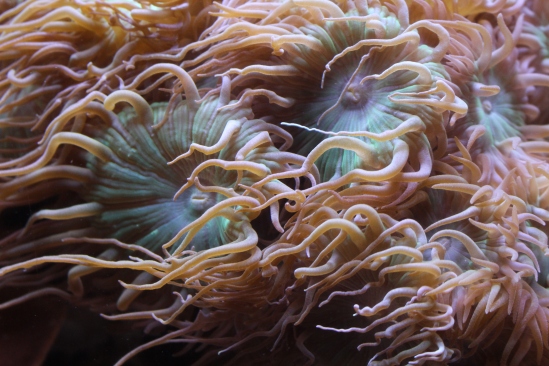I love documentaries, and I really love art documentaries. Fortunately, a lot of film-makers do too. Here are some of my favorites.
.

I love art documentaries. Here are are some of my favorites:
The Mona Lisa Curse – 2008
The art world lost an important voice when Robert Hughes passed away in 2012. This feature length documentary follows the acerbic critic as he recounts his life’s work and rails against the rapid commodification of contemporary art.
F for Fake: A Film By Orson Welles – 1975
Authorship, authenticity and the value of art are examined through the recounting of Elmyr de Hory’s career as an art forger.
The Mystery of Picasso – 1956
The most important artist of the 20th century paints on film – nuff said.
Jean-Michel Basquiat: The Radiant Child – 2010
Based on and including footage taken back in 1985, director Tamra Davis shines a light on the life and times of Jean-Michel Basquiat by interviewing those who knew him.
This Not That: The Artist John Baldessari – 2006
Conceptual art is rendered less confusing in this profile of one of its leading practitioners, John Baldessari.
Marina Abramovic: The Artist is Present – 2012
The reigning queen of performance art is given her due in this surprisingly humanistic account of her life and work.
Beautiful Losers – 2008
Punk, graffiti and hip hop go hand-in-hand-in-hand. This documentary highlights the connection between street culture and high culture by showcasing the works of a collective group of artists including Harmony Korine and Sheppard Fairey.
Waste Land – 2010
The collaboration between art star Victor Muniz and a group of garbage pickers from Brazil is recounted in this uplifting and empathetic film.
In The Realms of the Unreal – 2004
As Picasso is to Cubism, Henry Darger is to Outsider Art. Reclusive in life and renowned only in death, little is known about this enigmatic figure. In The Realms of the Unreal attempts to change that.
Manufactured Landscapes – 2007
Follows Edward Burtynsky whose stunningly beautiful photographs serve to document how man and industry have irrevocably changed the natural landscape – for the worse.
Goldsmiths: But is it Art? – 2010
Goldsmiths College has produced some big name artists among them, Damien Hirst. This two-part, BBC Four series follows a group of students as they prepare for their masters show.
NOVA The Film – documentary on the New Art and the Young Artists behind it – 2010
An insightful look at emerging artists, their methods and their artistic philosophies. None of them are famous – yet.
Exit Through the Gift Shop: A Banksy Film – 2010
The joker of the art world, Banksy introduces Mr Brainwash to a life of blockbuster shows and over-priced/over-hyped art. Documentary or mockumentary, it doesn’t matter – this is an entertaining watch.
Art:21 – Art in the 21st Century – 2001 to present
The world’s most important contemporary artists are profiled in this long-standing series. Even better, they can be viewed for free on the PBS website. PBS rocks!
Ai Wewei: Never Sorry – 2012
Anyone can be a political dissident, especially in the free world. Being a political dissident in China, that takes balls! If you watch only one art documentary this year, watch this.
Who the #$&% Is Jackson Pollock? – 2006
Once or twice a year, there’s a news story about an artwork being bought for peanuts then appraised for millions – this is one of those stories, or is it? An interesting look at how provenance is or isn’t established.
43.653226
-79.383184



